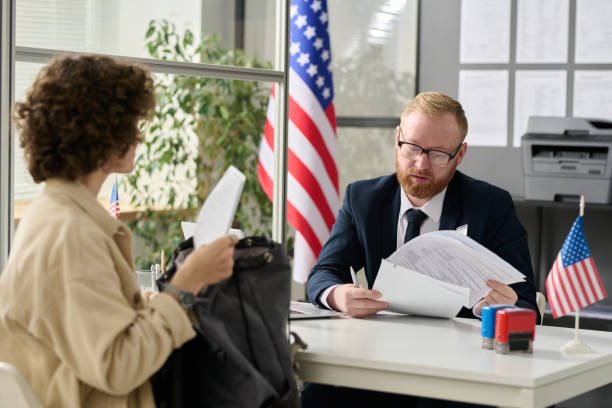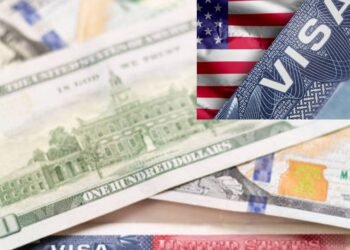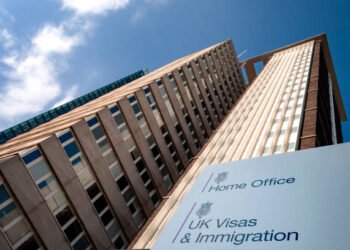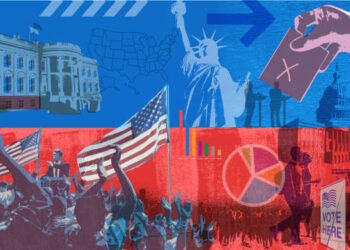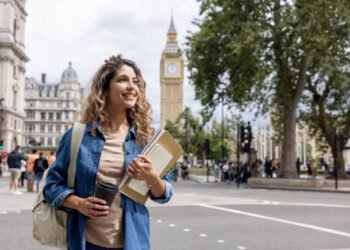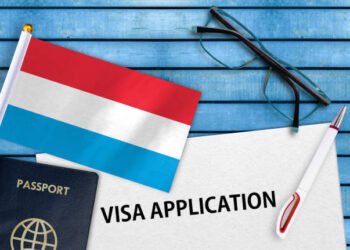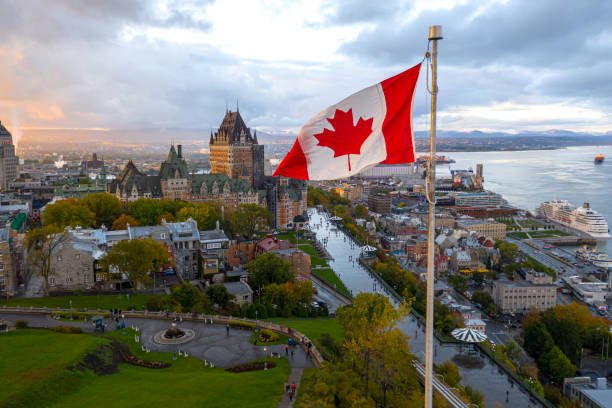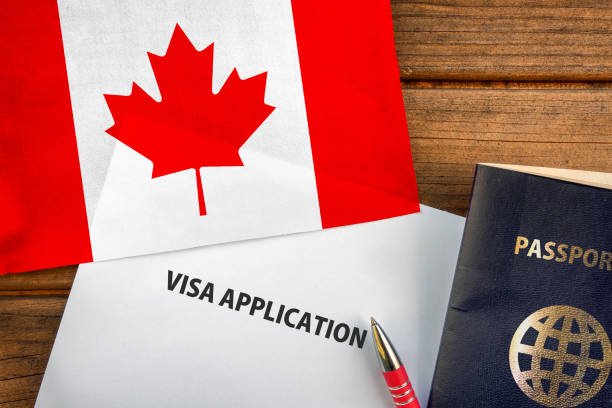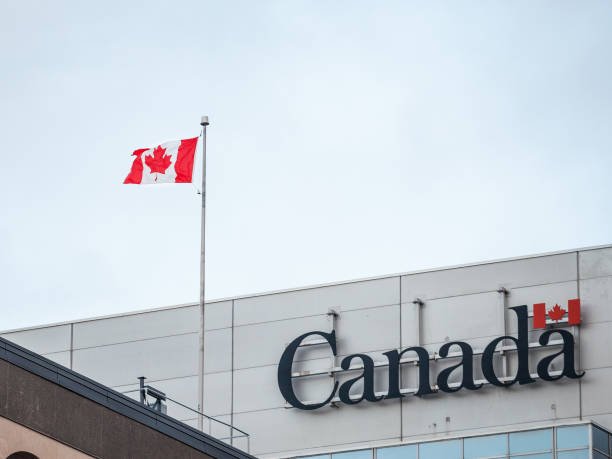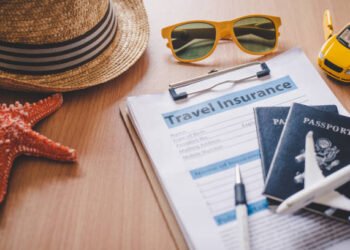Thousands of people do cross oceans and borders every year not for luxury, but for opportunity. If you’re ready to turn ambition into action, here’s what you need to know about applying for a U.S. visa. As an Immigrants, whether you’re seeking a better education, a stronger income, or safety for your family the U.S. visa application is where it begins. So, Before you pack your bags or book that interview, make sure you know these 7 visa mistakes people from Africa make and how to avoid them.
Demystifying the U.S. Visa Application Process for Immigrants
The U.S. visa application process is often viewed as complicated and intimidating. This blog has been created to provide a clear, step-by-step explanation so that applicants, especially those from Africa and other international regions, can be better informed and properly guided.
Importance of Choosing the Correct Visa Category
Before the application is begun, the correct visa category must be identified. Each visa type has its own requirements, procedures, and legal implications. Applying under the wrong category may lead to delays, denials, or even permanent ineligibility.
Brief Mention of Types of U.S. Visas: Non-Immigrant vs. Immigrant
U.S. visas are broadly classified into two types:
- Non-immigrant visas are issued for temporary stays (e.g., tourism, business, study, or work).
- Immigrant visas are granted to individuals intending to live permanently in the United States.
Understanding different U.S. Visa Categories
Difference Between Non-Immigrant and Immigrant Visas
- Non-immigrant visas are intended for temporary visits. Applicants must demonstrate an intent to return to their home country after their visit.
- Immigrant visas are issued to those who are being granted permanent residency. A longer processing period and additional documentation are typically required.
Common Non-Immigrant Visa Types
- B-1/B-2: Issued for business or tourism.
- F-1: Granted to international students pursuing full-time academic studies.
- H-1B: Issued to skilled professionals in specialty occupations.
- J-1: Provided for exchange visitors including scholars, researchers, and interns.
Common Immigrant Visa Types
- Family-sponsored visas: Issued based on close family relationships with U.S. citizens or lawful permanent residents.
- Employment-based visas: Offered to skilled workers, professionals, and certain investors.
- Diversity visa (DV) lottery: Granted through a random selection process to individuals from countries with low immigration rates to the U.S.
Choosing the Right Category for Your Purpose
The purpose of the visit must be clearly understood before selecting the visa category. Misclassification can lead to denial. Tools such as the Visa Wizard (available on the U.S. State Department website) can be used to assist in identifying the appropriate visa.

Practiced Step-by-Step Process to Apply for a U.S. Visa
Determine the Appropriate Visa Type
Research should be conducted first based on the reason for your travel, whether it is for study, tourism, employment, or immigration. The U.S. State Department’s Visa Wizard can be used to match one’s intent with the proper visa type.
Complete the DS-160 or DS-260 Form
- Form DS-160 is required for non-immigrant visa applications.
- Form DS-260 is used for immigrant visa applicants. Each form must be filled out online. Information must be entered accurately, and once submitted, it cannot be altered. A confirmation page will be generated and must be printed for the interview.
Pay the Visa Application Fee
A visa fee is required for most categories. The amount depends on the visa type and is non-refundable. Payments are typically made online or at authorized bank locations, depending on the country. A receipt must be obtained and kept safe, as it will be requested during the interview.
3Schedule a Visa Interview (If Required)
For most applicants aged 14 to 79, an interview must be scheduled at the nearest U.S. embassy or consulate. Some applicants may be eligible for an interview waiver. The interview slot is booked online, and wait times vary by location.
Gather Required Documents
Applicants must prepare all necessary documents before attending the interview. These include:
- A valid passport (with at least six months’ validity beyond the intended stay)
- The DS-160 or DS-260 confirmation page
- The visa fee receipt
- Supporting documents such as:
- Proof of financial support
- Letter of admission (for students)
- Employment offer letter (for workers)
- Evidence of strong ties to the home country (for tourist visas)
Attend the Visa Interview
At the embassy or consulate, fingerprints are taken and the interview is conducted by a consular officer. Questions are asked to verify the information submitted and assess eligibility. Answers should be given clearly and honestly. The officer may approve or deny the visa on the spot or place the application under administrative processing.
What Happens After the Interview?
Administrative Processing
In some cases, a visa application is placed under administrative processing. This means that additional background checks or document verification must be completed before a final decision is made. No specific timeframe is guaranteed, and applicants are advised to wait until further instructions are provided by the embassy or consulate.
Visa Approval vs. Denial
When a visa is approved, the applicant’s passport is retained so that the visa can be stamped inside. If denied, a written explanation is usually provided, stating the section of law under which the denial was made. Common reasons include lack of sufficient documentation or failure to demonstrate eligibility.
Passport Return Timelines and Methods
Once a decision has been made, the passport is returned through courier services or designated pickup points. Processing times vary by country and visa category but are typically completed within 5 to 10 business days after approval.
Common Reasons for Visa Denial
Section 214(b) – Failure to Prove Ties to Home Country
Under Section 214(b) of the U.S. Immigration and Nationality Act, a visa may be denied if strong ties to the applicant’s home country cannot be demonstrated. These ties may include employment, family, property, or future plans that require the applicant to return home.
Incomplete or Inaccurate Information
Applications that are filled out incorrectly or submitted without essential documentation are likely to be rejected. Mistakes in forms, missing signatures, or contradictions during the interview are treated seriously.
Criminal Records or Security Concerns
Applicants with past criminal convictions or who are considered a security risk may be denied entry. Full disclosure is required, and background checks are conducted by the U.S. government.
Misrepresentation or Fraud
Any attempt to provide false documents, hide information, or lie during the interview is considered fraud and is grounds for automatic denial. In many cases, a permanent ban from U.S. entry may be imposed.
Successful Visa Application Required Some Tips & Techniques
Being Honest and Transparent in All Documents
All information provided on the application and during the interview must be truthful. Inconsistencies can raise doubts about credibility and lead to a denial.
Organizing Paperwork Ahead of Time
Documents should be gathered well in advance of the interview. Original copies, as well as photocopies, should be kept in an organized folder for quick access.
Practicing Interview Questions
Common visa interview questions should be reviewed and practiced. A clear, confident, and consistent explanation of the travel purpose increases the likelihood of approval.
Understanding Your Visa’s Limitations and Obligations
Each visa type comes with rules, such as restrictions on employment or stay duration. These rules must be followed, and overstays or violations may affect future visa eligibility.
Immigrating to the U.S. Permanently
Overview of Green Card Paths (Family, Employment, Asylum, Diversity Lottery)
Permanent immigration to the U.S. is facilitated through several channels:
- Family sponsorship by U.S. citizens or green card holders
- Employment-based immigration for skilled workers and professionals
- Asylum or refugee status for those fleeing persecution
- Diversity visa lottery, which grants permanent residency through a randomized selection process
Adjustment of Status vs. Consular Processing
- Adjustment of Status is used when the applicant is already inside the U.S. and becomes eligible for a green card without leaving.
- Consular Processing occurs outside the U.S. through a U.S. embassy or consulate after an immigrant petition has been approved.
What Happens After You Receive an Immigrant Visa
Once the immigrant visa is granted, the applicant’s passport is stamped with a visa valid for travel. Upon entry into the U.S., a green card is mailed to the U.S. address provided. The new resident is allowed to live, work, and study in the U.S. permanently.
Some Frequently Asked Questions
Can I Reapply After a Visa Denial?
Yes, reapplication is allowed. However, significant changes in circumstances or additional supporting evidence must be provided to improve the chances of approval.
How Long Does the Process Take?
Timelines vary depending on the visa type, country of application, and whether additional processing is required. Non-immigrant visas can take a few weeks, while immigrant visas may take several months to years.
Can a Visa Be Expedited?
In emergency or humanitarian cases, expedited processing may be requested. Approval of such requests is not guaranteed and must meet strict criteria.
What Happens If My Visa Expires While I’m in the U.S.?
Remaining in the U.S. after a visa has expired is considered an overstay and can lead to penalties, deportation, and future visa bans. It is advised to either leave the country or adjust status legally before expiry.
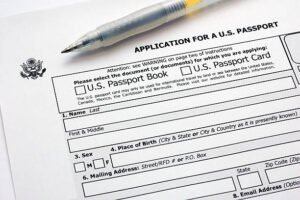
Need recap of everything I have been writing? Worry no more… here’s the recap below;
Recap of the Key Steps in the Visa Application Process
The process of obtaining a U.S. visa is one that must be approached with preparation and care. First, the correct visa category must be identified based on the purpose of travel. Secondly, the appropriate application form (DS-160 or DS-260) must be completed, and the visa fee must be paid. An interview must be scheduled if required, and all supporting documents should be collected and organized. Finally, the visa interview must be attended, and the outcome must be awaited.
Each step has been designed to ensure that only eligible applicants are granted entry into the United States. By following these steps with accuracy and diligence, the chances of approval can be significantly increased.
Encouragement to Stay Informed and Seek Professional Advice
Visa regulations and requirements are constantly being updated. Therefore, it is advised that official government websites be consulted regularly. In cases of uncertainty or complex situations, guidance should be sought from licensed immigration attorneys or reputable visa consultants. Assistance can also be obtained from U.S. embassies and consulates.
Final Thoughts on Staying Patient and Thorough Throughout the Process
It must be acknowledged that the U.S. visa process may feel overwhelming at times. However, it should be remembered that each document prepared, form submitted, and interview conducted brings you one step closer to your goal. Patience and thoroughness will serve as your strongest tools throughout this journey. By staying informed, organized, and honest, success can be achieved, even if not immediately, then eventually.

